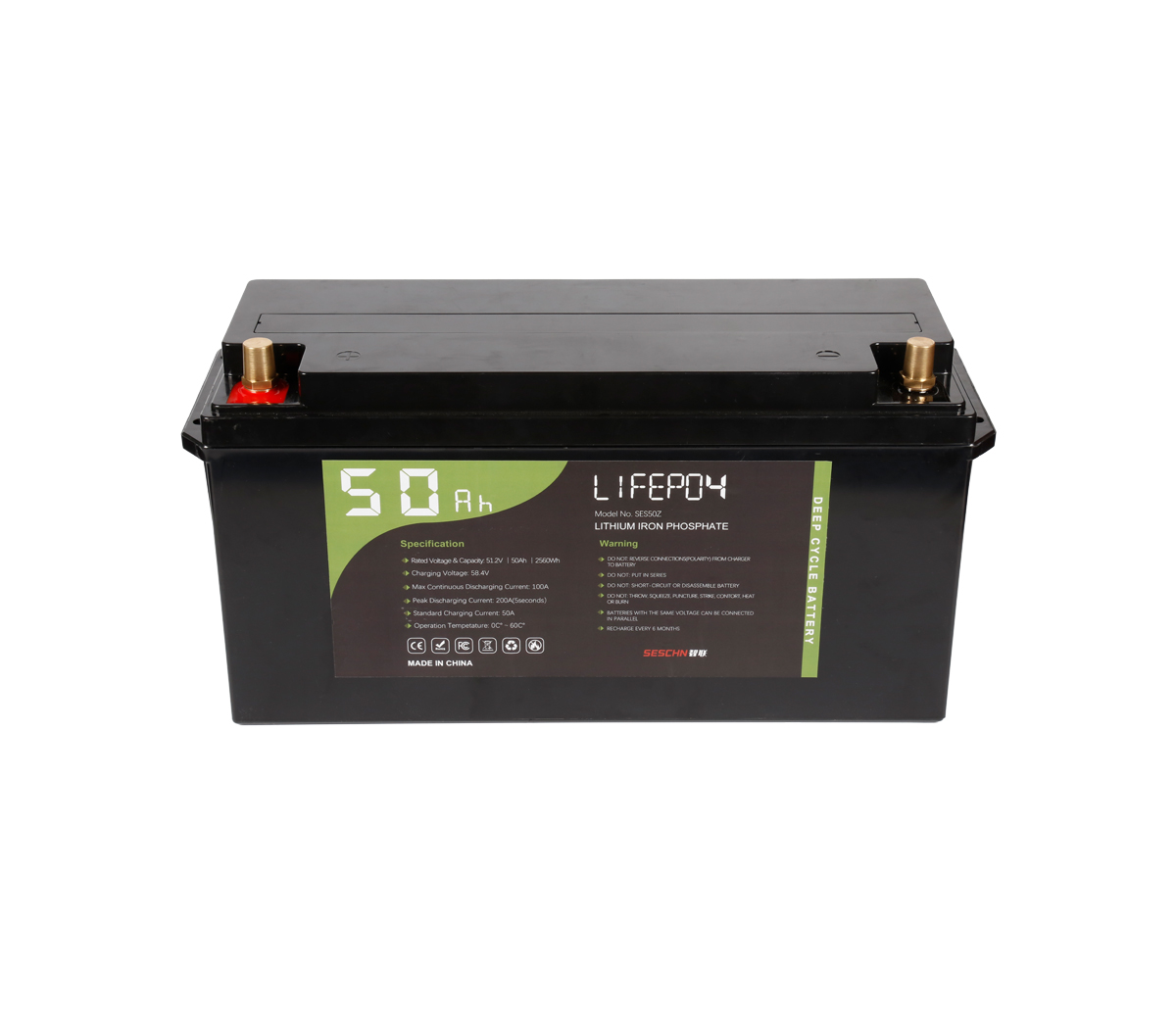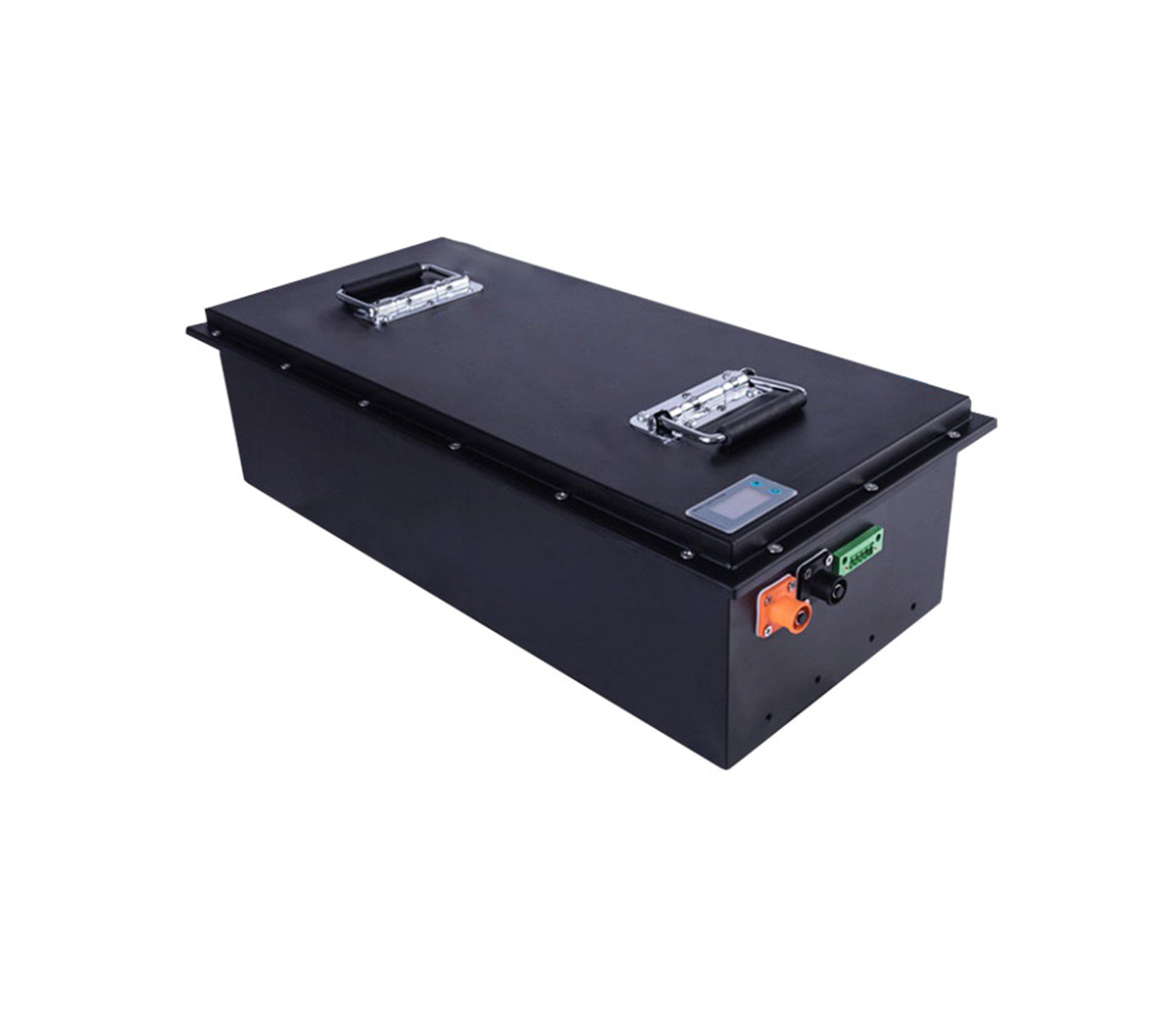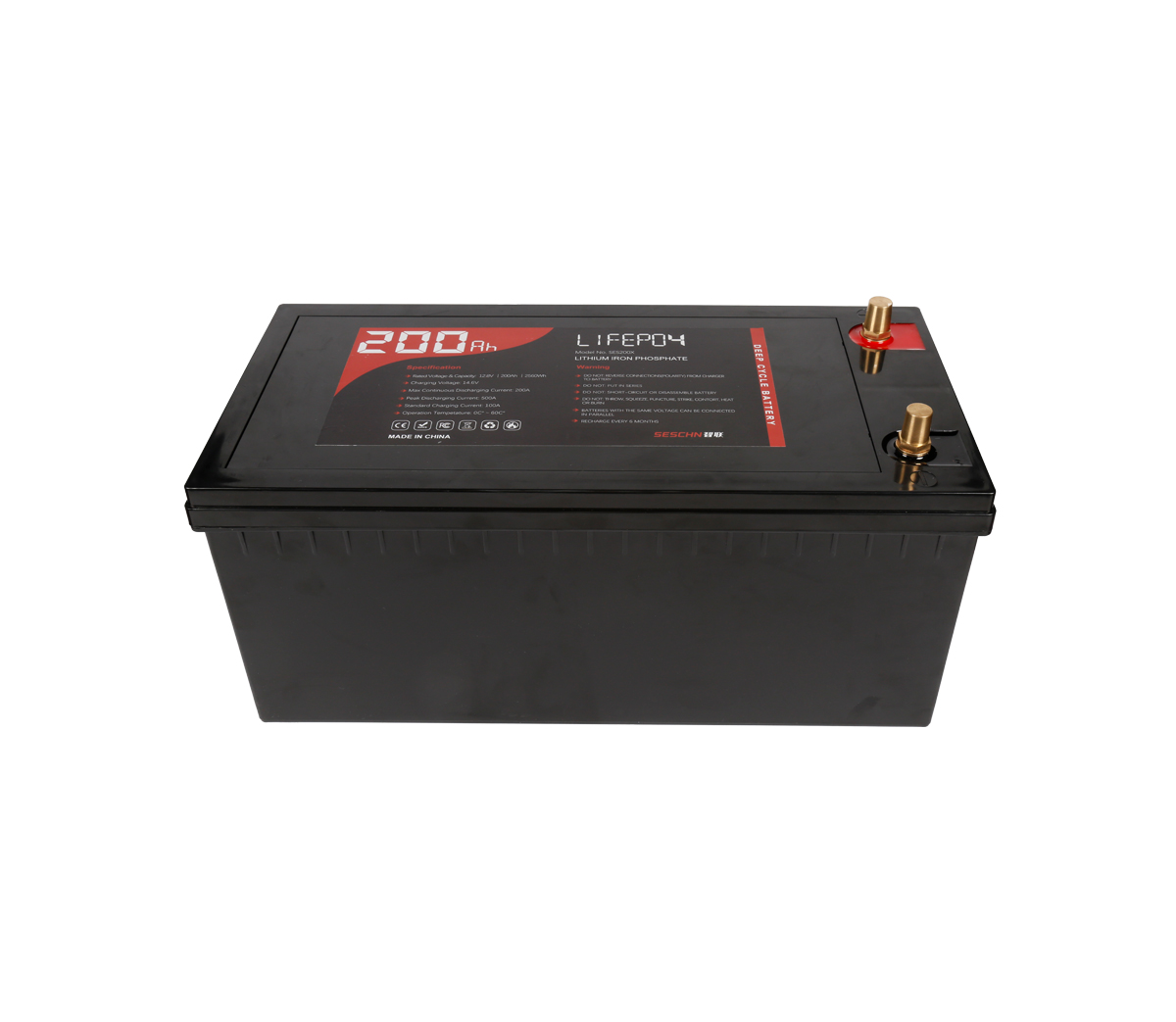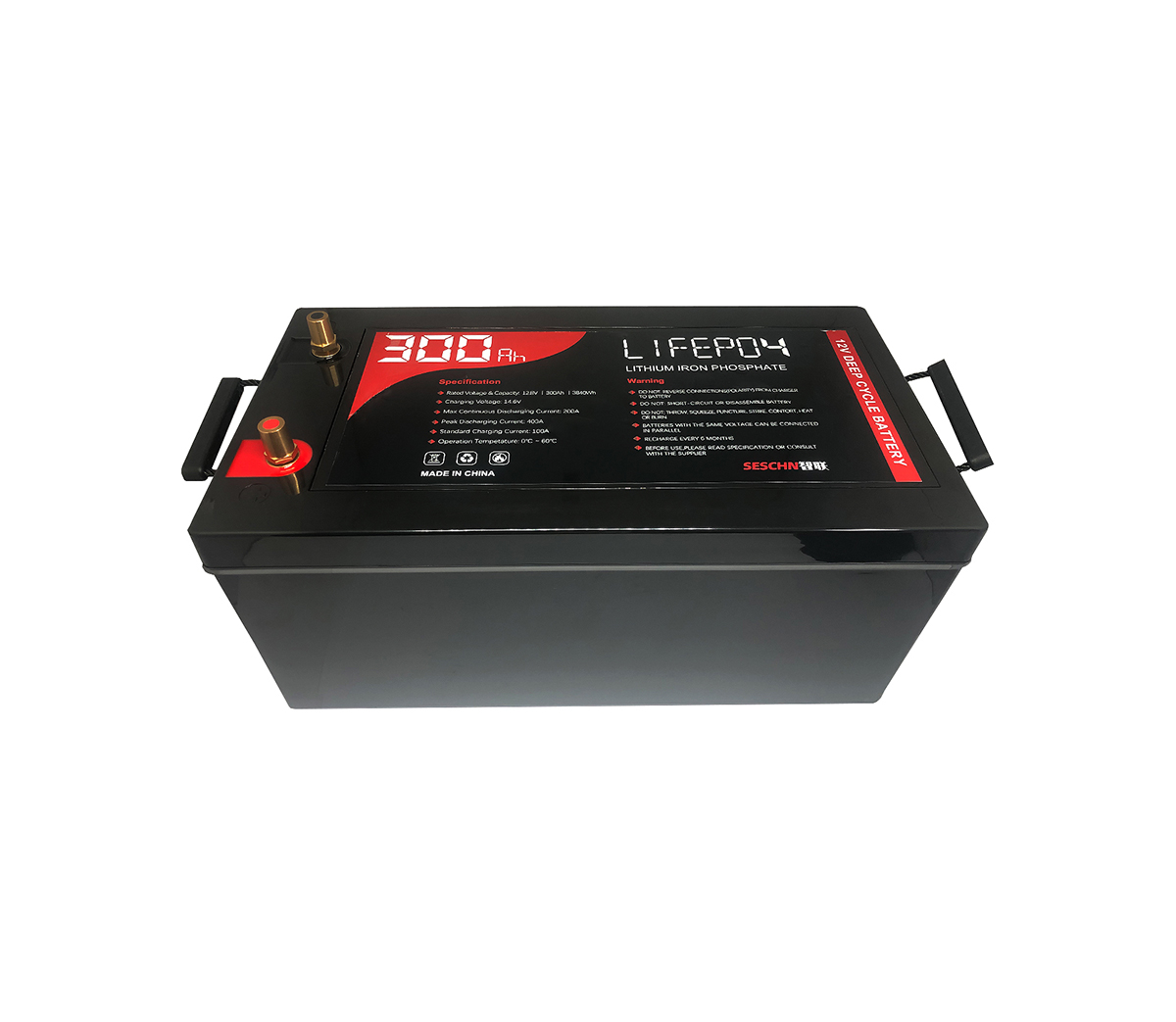
Lithium batteries are very active due to their chemical characteristics, so
a charge-discharge protection circuit is added. With the rapid popularization of
smart phones, the battery capacity of mobile phones is getting larger and
larger, and there is a need for fast charging. Under the impact of high current
30 minutes before fast charging, along with heat and temperature rise, the
secondary protection components of lithium batteries will be changed. The
competitive situation of China will be replaced by a cooperative model: PTC+fuse
forms a protection combination.
Lithium battery is a battery with high energy density and light weight.
However, due to its very active chemical characteristics, it is necessary for
safety protection to add a charge and discharge protection circuit. Mosfet, a
key component of the charge and discharge protection circuit, also has a certain
percentage of short-circuit failures. If the output of lithium batteries is not
large, this effect will not be reflected. However, the demand for lithium
batteries is very large. In 2014 alone, the global shipment of small lithium
batteries reached 5.6 billion. In the face of such a huge shipment, even with a
probability of 1ppm risk, there are an average of 5600 dangerous events per year
that may occur. Therefore, in addition to the main protection circuit, a
secondary protection is added to further reduce the risk. In the components of
secondary protection, generally only one component is used. One-time fuse is
used, PTC is also used, and various components such as temperature fuse are
used. If you use PTC, you don't need a fuse, and if you use a fuse, you don't
need a PTC. The protection devices are in a competitive relationship, just like
different alleles competing for the same position on the chromosome. However,
since various protection components do not win out in an all-round way, a
situation where multiple components coexist is formed to meet various
application requirements.
But with the rapid popularization of smart phones, the battery capacity of
mobile phones has become larger and larger, and there is a need for fast
charging. There are already multiple standards such as OPPOVooc standard,
Qualcomm's QC2.0 standard, and MTK's PumpExpressPlus standard. In the case of
fast charging, the current in the first 30 minutes will be very large, generally
reaching about 3A.
Under the high current impact 30 minutes before fast charging, accompanied
by heat and temperature rise, it will change the competitive situation of the
secondary protection components of lithium batteries. Instead, it will be a
cooperative mode: PTC+fuse forms a protection combination.
First of all, PTC+fuse can complement temperature protection and
overcurrent protection. PTC has a temperature protection function, but because
the temperature reduction ratio is relatively high, the selection specification
is relatively large, and the relative overcurrent protection capability is
weaker, and the PTC action speed is relatively slow. The fuse is not sensitive
to temperature and cannot provide temperature protection, but the temperature
reduction ratio is also very low, so you can choose a relatively small current
specification, which has a relatively strong overcurrent protection capability
and a much faster action speed.
Secondly, PTC+fuse will be a low-cost solution through UL2054. In the case
of high-current charging, it is difficult to pass all the UL2054 tests with a
single component, because each component has some advantages and disadvantages.
First, the commonly used PTC. Because the charging current is large, in order to
ensure that it does not operate under the condition of rapid charging and high
temperature rise, the selected specification will inevitably be 12066A/7A.
Choosing such a large specification will make it difficult for lithium batteries
to pass the UL2054 LPS test because it is difficult to limit the current to less
than 8A within 60 seconds.
Second, the commonly used fuse. The biggest advantage is that it is not
sensitive to temperature, you can choose 5A specification, ≤5A specification
fuse is very helpful for lithium batteries to pass the LPS test of UL2054; but
because it is not sensitive to temperature and does not have over-temperature
protection, it is more difficult to pass UL2054 6V/1C and 6V2C overcharge test
items.
Third, the three-terminal fuse, although it can solve the temperature of
over-temperature protection, but because the current specification is larger, up
to 10A/12A, it cannot pass the LPS test; and the cost is high.
Fourth, some manufacturers use dual IC solutions, although the effect is
better, but the cost is relatively high. If PTC and fuse are combined, firstly
rely on temperature-insensitive 5A fuse (fuse) to easily pass LPS, short circuit
and other test items; then rely on 12066A/7A PTC to pass 6V/1C and 6V2C
overcharge, etc. For the test project, the cost of the entire program is very
low.
Finally, the protection scheme of PTC+fuse will be safer than a single
component. Because the two components are combined together, it is equivalent to
adding a primary protection in addition to the secondary protection, which adds
another layer of insurance to the safety of the lithium battery, and further
greatly reduces the risk factor.



































